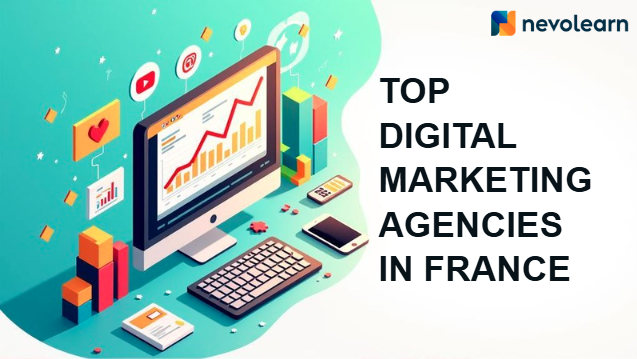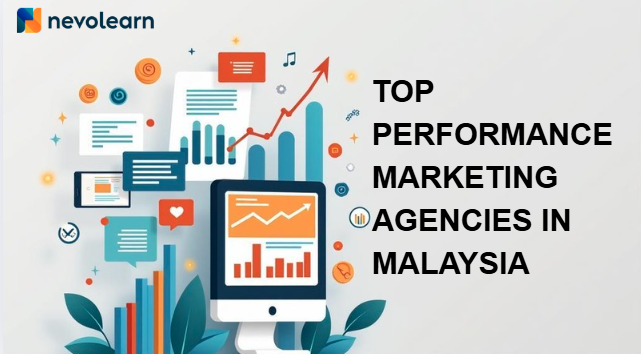
Up To 30% Off On All Courses*


 Digital Marketing vs Traditional Marketing: Key Differences
Digital Marketing vs Traditional Marketing: Key DifferencesMarketing is the heartbeat of every successful business it’s how brands communicate, connect, and convert audiences into loyal customers. For decades, traditional marketing methods like print ads, TV commercials, and billboards dominated the landscape, shaping consumer perceptions through large-scale campaigns and physical reach. However, as technology evolved and the world went online, a new era of marketing began to rise Digital Marketing.
In today’s interconnected world, learning digital marketing has become an essential skill for professionals, entrepreneurs, and even students. With the explosion of social media, search engines, and mobile technology, digital marketing has transformed how businesses promote products, build relationships, and measure success. Unlike traditional marketing, which often relies on one-way communication and broad targeting, digital marketing enables personalized, data-driven interactions with measurable results.
But what exactly sets digital marketing apart from traditional marketing? Is one better than the other? And how can businesses strike the right balance between the two? In this blog, we’ll explore the key differences between digital and traditional marketing, their advantages, and why understanding both is crucial for success in today’s marketplace.
What is Traditional Marketing?
Traditional marketing refers to the conventional methods businesses have used for decades to reach audiences offline. These include channels such as:
- Television commercials
- Radio advertisements
- Newspapers and magazines
- Billboards and outdoor advertising
- Direct mail and flyers
- Events and sponsorships
Traditional marketing focuses on mass communication — reaching as many people as possible through established media outlets. It’s tangible, often trusted by older generations, and ideal for creating broad brand awareness. However, it lacks precise targeting, real-time feedback, and performance measurement that digital platforms provide.
What is Digital Marketing?
Digital marketing uses online platforms, digital devices, and data analytics to promote products or services. It includes:
- Search Engine Optimization (SEO)
- Social Media Marketing (SMM)
- Content Marketing
- Email Marketing
- Pay-Per-Click Advertising (PPC)
- Influencer and Affiliate Marketing
- Analytics and Conversion Optimization
Digital marketing enables two-way communication, allowing brands to engage with audiences directly through comments, messages, and feedback loops. It’s measurable, cost-effective, and highly targeted — allowing marketers to reach the right person, with the right message, at the right time.
Key Differences Between Digital Marketing and Traditional Marketing
|
Aspect |
Traditional Marketing |
Digital Marketing |
|
Medium |
Offline (TV, radio, print, billboards) |
Online (websites, social media, search engines) |
|
Communication |
One-way communication |
Two-way, interactive communication |
|
Targeting |
Broad and demographic-based |
Precise targeting using data, interests, and behavior |
|
Cost |
Generally high (ad space, production costs) |
More flexible; scalable budgets for all sizes |
|
Reach |
Local or regional |
Global and easily scalable |
|
Tracking & Analytics |
Limited, based on estimates |
Real-time data, measurable ROI |
|
Engagement |
Passive audience |
Active participation from users |
|
Personalization |
Generic mass messaging |
Highly personalized content and ads |
|
Feedback Loop |
Delayed or minimal |
Instant feedback and real-time insights |
|
Adaptability |
Slower to change |
Quick, data-driven adjustments possible |
Advantages of Traditional Marketing
- Wider offline reach: Excellent for local visibility or audiences not active online.
- High credibility: Established media channels often build brand trust.
- Memorable impact: TV commercials and print ads can create lasting impressions.
Advantages of Digital Marketing
- Cost-effective: Budget-friendly for startups and small businesses.
- Global access: Reach international audiences instantly.
- Data-driven: Analytics help measure success and refine strategies.
- Personalization: Target specific audience segments effectively.
- Interactivity: Encourages engagement through comments, likes, and shares.
Which One Should Businesses Choose?
The truth is it’s not about choosing one over the other. The most successful brands today use a hybrid approach, blending the reliability of traditional marketing with the precision and flexibility of digital channels. For instance, a company might use TV ads to build awareness and digital ads to drive conversions online.
The balance depends on the target audience, budget, and campaign objectives. If your audience spends more time online, digital marketing will deliver faster, measurable results. But if your goal is brand recall among offline consumers, traditional methods remain powerful.
Conclusion
The debate between digital marketing vs traditional marketing isn’t about which one is superior — it’s about understanding how each fits into today’s evolving business world. Traditional marketing continues to build brand credibility and offline reach, while digital marketing drives engagement, personalization, and measurable results.
As the global economy becomes increasingly digital, businesses are prioritizing online presence, social media influence, and data-driven decision-making. This shift makes learning digital marketing one of the smartest career and business investments today.
By mastering digital tools and combining them with the timeless principles of traditional marketing — creativity, storytelling, and brand consistency — professionals can create powerful hybrid strategies that reach audiences wherever they are.
Ultimately, the future of marketing lies not in choosing between digital and traditional, but in integrating both to tell compelling stories, build meaningful connections, and drive sustainable growth in an ever-changing world.
Want to Level Up Your Skills?
EXPLORE BY CATEGORY
End Of List
No Blogs available Agile







